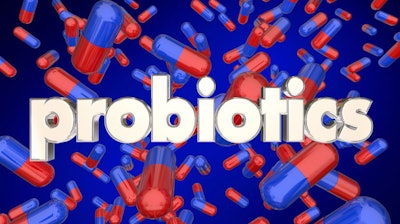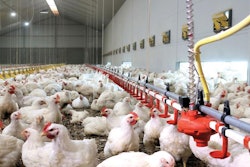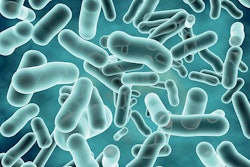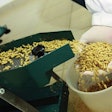
A recent commercial experience helped bring me up to speed with poultry gut health nutrition interactions.
Just a few weeks ago, I was tasked by one of my clients to recommend a commercial probiotic. The operation was facing a severe gut health issue, and the senior supervising veterinarian deemed essential the help from a probiotic; it had to be different from what we were using until then to boost feed efficiency.
So, after consulting with my broader network at LinkedIn, a few readily available commercial technical representatives (I was on a tight timeframe), and a good friend, who happens to be a probiotic expert, I got it. I also had to read a more than 500-page book in a week; the book I reviewed here not long ago. It is aptly titled, Improving Gut Health in Poultry, and having perused it extensively, I cannot recommend it highly enough. All in all, it was an excellent refreshing crash course on gut health-nutrition interactions that extended, of course, beyond probiotics. It brought me up to speed with 2020 knowledge.
Some lessons I learned from this highly interactive, long-distance exercise:
- Never work alone, never lean on a single source, never trust your old(er) knowledge. The last time I worked with probiotics science was in 2015.
- The two main types of beneficial bacteria in the gut are lactic acid bacteria (upper gut) and bifidus bacteria (lower gut). The first act as “border patrol” against invading pathogens, the second as the “police” against opportunistic pathogens.
- Commercial probiotic products follow the same theme: There are products based on lactic acid bacteria (including some that have no mentioning of the term lacto- in their name) or bacillus bacteria (the equivalent of the native bifidus ones).
- Lactic acid bacteria produce mainly lactic acid, dropping pH considerably. Invading pathogens find such an environment very unfriendly.
- Bifidus (and the commercial bacillus) bacteria produce mainly short-chain fatty acids, mostly acetate, but also propionate and butyrate. These lower gut pH as above, but they also contribute to the energy/health status of the enterocytes across the entire gut (primarily butyrate). These bacteria are great enzyme producers, helping in the degradation of indigestible nutrients feeding other bacteria too.
- Using a prebiotic (functional fiber) is the other missing part of the probiotic equation. There is more to come on that soon.
We ended up picking a lactic acid bacteria-based probiotic and a prebiotic that ensured the rapid proliferation of these bacteria. Obviously, the problem was one having to do with incoming pathogens very sensitive to an acidic environment. We are also addressing the whole issue through other means, of course, including a complete revision of nutrition and removal of suspect and distressful ingredients. So far, things appear to be working as expected.


















